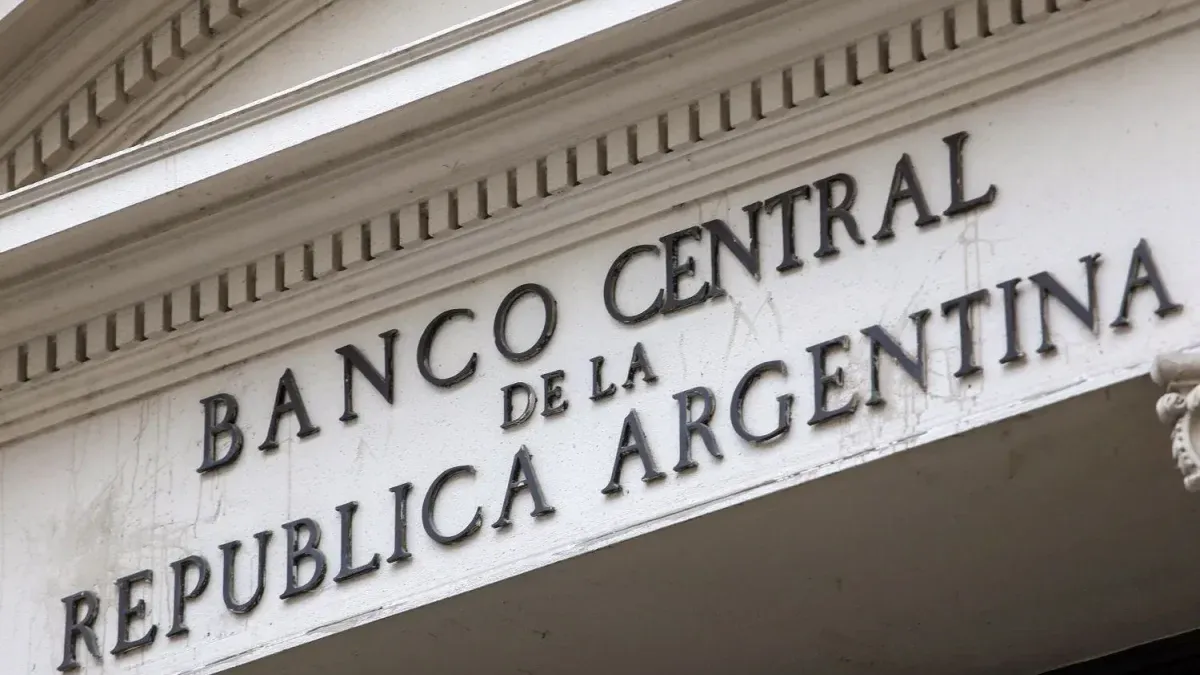The market understands that the The aggressive policy of lowering rates that the Central Bank had been carrying out began to collide with the barriers imposed by realityone of them, which is discouraging exporters from liquidating their dollars.
The suggestion that the minister made to the banks Luis Caputo last week that they should not take the one offered by the Central Bank as a reference rate for one-day passes, of the nominal 40% annual rate, is not working.
The drop in rates seems have found a flat, capital market operators suspect. If this trend continues, it is understood that it may not be as aggressive as it has been carried out until now. It would be in a more limited and careful way.
The last rate reduction had as a counterpart a rise in the dollar, which had not occurred on previous occasions. And it is perceived that the exchange rate is behind, which discourages the producer from liquidating and alsothe performance that could have pSwitching to pesos is diluted when compared to the devaluation rate. 2% monthly
In Portfolio Personal Inversiones (PPI) point out that “the Cash Settlement rally last week had various drivers, but it does not seem like a coincidence that it happened after the last BCRA rate drop.”
“We believe that the lower spread between the rate in pesos and the crawling peg would have begun to discourage settlement, causing there to be less supply from exporters via the CCL,” says PPI.
The brokerage company maintains that “The five-day moving average of theoretical settlement via the financial market fell from $75 million on May 17 to $62 million on Friday.” from last week”.
If you add that the market can see that something is wrong in the governability because it takes a while to sanction the Bases Law package, “That could have prompted big players to take profits on their carry trade positions.”
Jerónico Montalvo Cohen Argentina explained that “in terms of GDP, all monetary aggregates have decreased” thanks to the reduction in the interest rate.
“The Central Bank has been pragmatic with the objective of reducing the expansion of the monetary base via payment of interest on repos and with the objective of rotating overnight debts to the Treasury, that has a longer term and capacity,” explained the economist.
Montalvo warned that from that brokerage company “we have been marking some risks of this rate drop.” “Finally we believe that the Central would have found a threshold that, if crossed, the reduction in rates is no longer neutral,” he explained.
“Some say that this drop to 40% was very rapid. “It is a matter of calibration and fine tuning for the second part of the year,” she added.
Juan José Vázquez, also from Cohen Argentina warned that the aggressive lowering of rates generated a dismantling of carry trade positions of several investors that caused the Cash with Settlement to rise.
“The rate in pesos no longer works. The repo rate at 40% per year leaves an effective monthly rate of 3.33%, Banks do not have the restriction of offering minimum rates on fixed terms, the BADLAR ended at levels of 30%, very similar to what the surety rates are in the market,” Vázquez explained.
The analyst maintains that The BADLAR of 30% is equivalent to 2.5% of the annual monthly effective rate. “It is very low if you take into account that the devaluation comes at a rate of 2% per month, which is why some instrument in dollars that offers 0.5% is required to match the Badlar. Even if you go for home banking, they are not offering the BADLAR but rather 20%,” he pointed out.
At GMA Capital They also warn that the lower interest rate ends up conspiring against the liquidation of dollars from exporters. “On this side of the counter, the rate in pesos configures the financial cost of working capital needs”they point out in GMA Capital.
“At a higher cost, it is convenient to liquidate grains to pay bills in pesos. Let us remember that, without looking at the price of soybeans, they are worth 2% more every month due to the advance of the wholesale dollar,” says the consultant.
Instead, he states that “At a lower rate, the incentive to sell production is not as evident.”. “Thus, the closer the financial cost is to the rcrawling peg rate of 2% monthly, the more opaque the harvest liquidation projections would be,” they indicate in GMA Capital..
Source: Ambito




